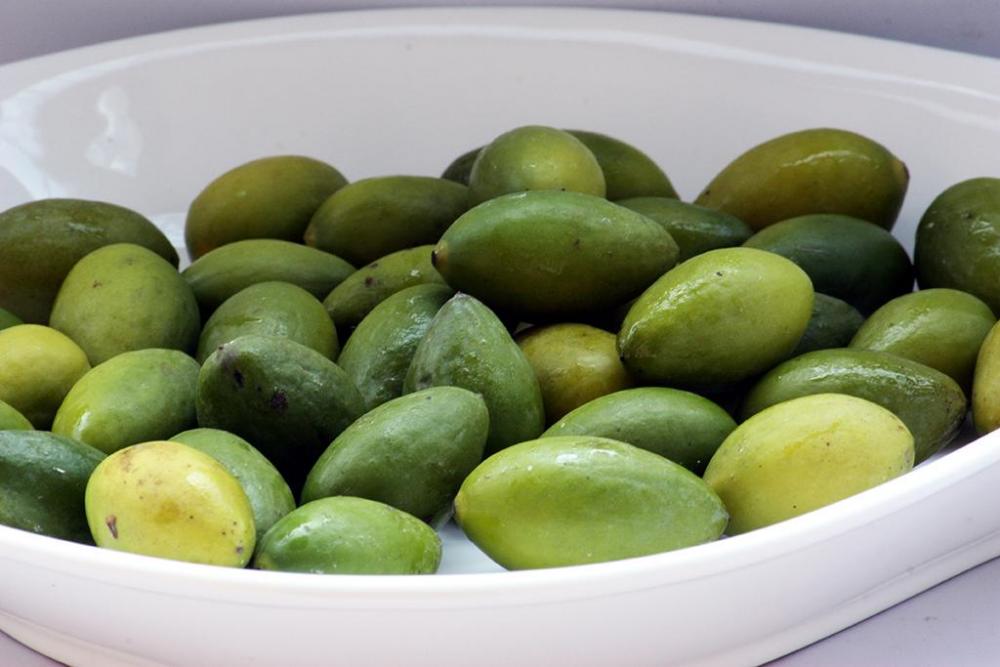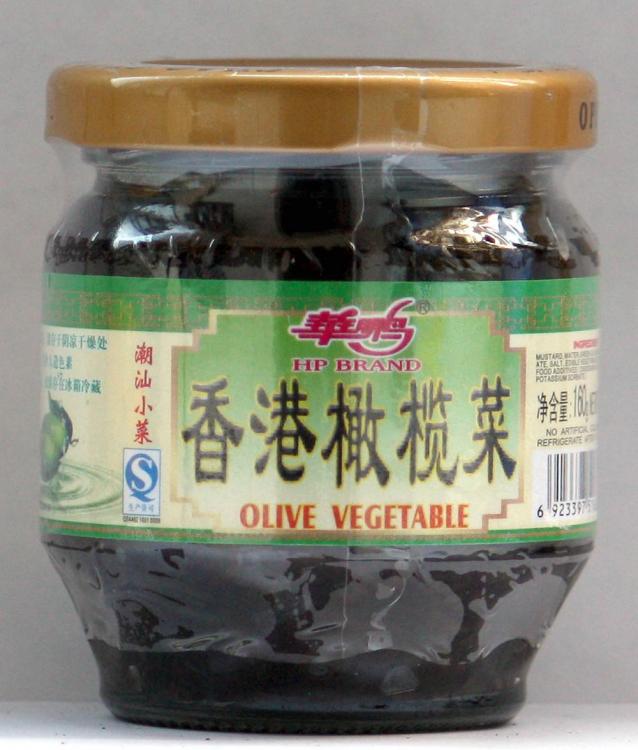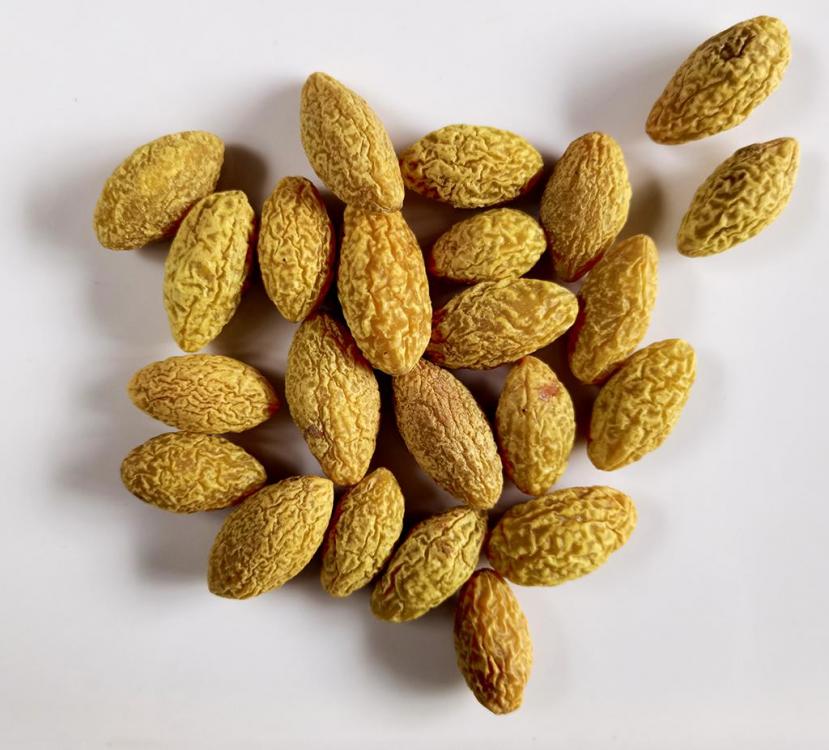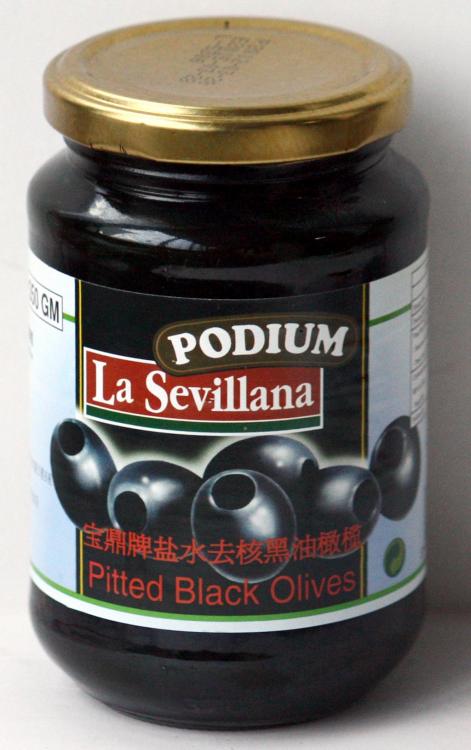37. 橄榄/橄欖 (gǎn lǎn) – Chinese Olives
Chinese Olives
The first thing to say about Chinese olives is that they aren’t olives at all. They are the fruit of Canarium album a tree native to S-E Asia, whereas true olives are the fruit of Olea europaea, a small tree native to Mediterranean Europe. In their untreated state, they do look similar, but that’s all. They have a strong, resinous flavour.
A common use is in the form of a paste known as 橄榄菜/ (gǎn lǎn cài) which means ‘olive vegetable’. The olives are mixed with green mustard leaf and cooked with soy sauce and salt, then bottled. The dark green paste is most popular in Cantonese speaking areas and especially in Hong Kong (the jar in the image below is labelled 香港橄榄菜/香港橄欖菜(xiāng gǎng gǎn lǎn cài), 香港 (xiāng gǎng) being the Mandarin for ‘Hong Kong’.
Chinese Olive Vegetable
The paste though, originated in 潮州 (cháo zhōu) city in eastern Guangdong province with its own distinct cuisine and language, so is a subset of Cantonese cuisine.
The paste is used in stir fries and with egg fried rice.
The olives are also preserved by being candied. These are everywhere as snacks. These below are 甘草橄榄/甘草橄欖 (gān cǎo gǎn lǎn), which means ‘licorice olives’, the olives are preserved with licorice, salt, sugar and more chemical preservatives and sweeteners that I can be bothered to list! Industrial food.
甘草橄榄 (Licorice Olives)
Talking of which, the Chinese olives are also used in the manufacture of printing inks, soaps and varnish. They are also used in Traditional Chinese Medicine (TCM), but everything is.
Low quality European olives are also available here, usually Spanish and bottled; sometimes canned. They are known as 油橄榄/油橄欖 (yóu gǎn lǎn), meaning ‘oil olive’, which further confuses the issue as the Chinese ones are also sometimes pressed for their oil.
Note: Where I've given two Chinese names, the first is the Simplified Chinese as used on the Chinese mainland, Malaysia and Singapore; second is the Traditional Chinese used in Hong Kong, Macao and Taiwan and among some of the Chinese diaspora. If I've only given one, that means they are the same.








